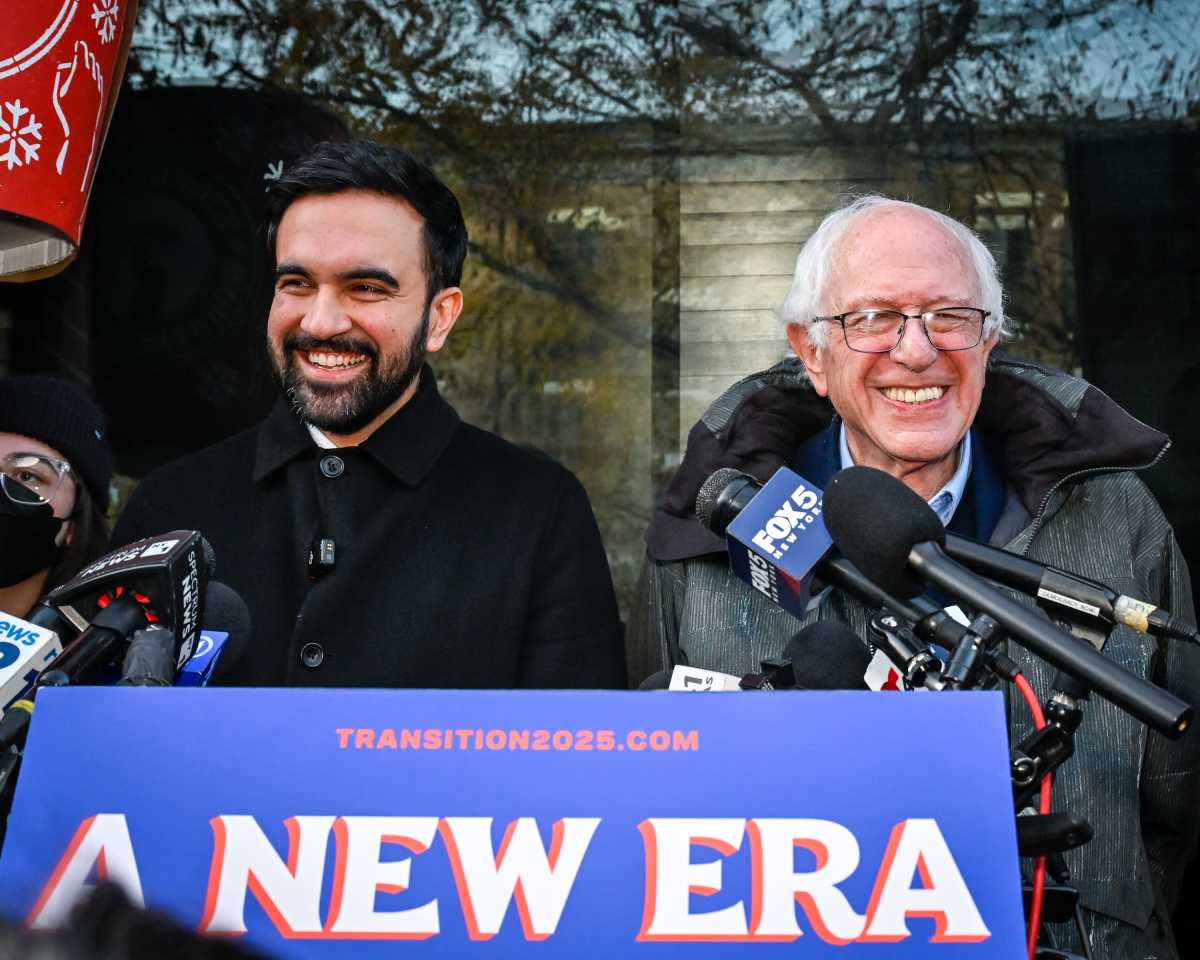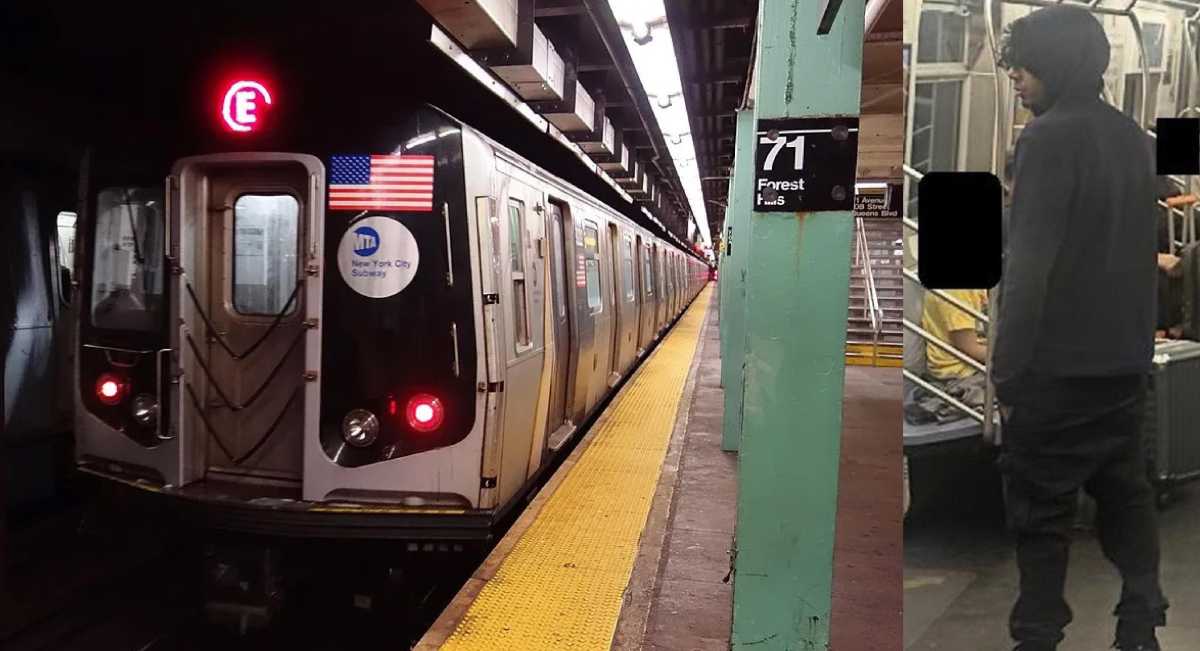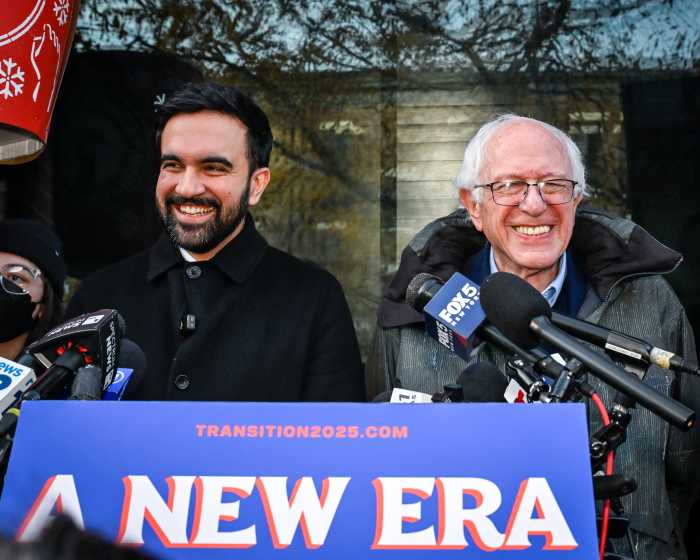There is a famous cartoon that I am sure you have all seen. There is a leak in a dam and the character plugs it with their finger, and that forces another leak to start. Eventually you run out body parts to plug the holes.
That’s a good way to think about a rent freeze.
If you freeze rents for current rent-stabilized tenants, then there will be a significant domino effect. One clear impact will be on free market tenants who live in buildings with rent-stabilized units.
There are roughly 500,000 apartments that meet this criteria. When rents are frozen for their neighbors, but building costs continue to go up, the result will be that rents go up faster for them. So, if the rents are frozen on stabilized units, it is guaranteed that free market renters will pay more.
Let’s take a look at an example from Park Slope. It is an 8-unit building with three free market units, three rent-stabilized units, and 2 rent-controlled units. The rents in the rent control units average $640. The average stabilized unit rent is $1600. The free market units average rent is $4150.
In order to pay the property taxes, insurance, and the maintenance costs, the building needs to increase the rents by roughly 3.5% to cover those cost increases. The capped rents on the rent control and stabilized units means that free market tenants are going to all see increases of about $215 or 5%.
In this scenario, unit 3 in this building is now paying $4365, while unit 5 above them is still only paying $1600. The costs don’t freeze as the government isn’t going to be slowing down on property taxes or water and sewer increases. The insurance companies are still going to increase the premiums on the buildings. And we all know there is going to be no relief on fuel or electricity costs from energy providers.
So the rent freeze for some equals a rent hike for others. The impact on renters doesn’t stop there.
There has been testimony from a host of independent housing experts in the past month about the severe financial and physical distress of older buildings where the majority of the units are rent stabilized. This group makes up about half of all rent-stabilized units.
The Citizens Budget Commission testified to the Rent Guidelines Board that the defunding of these buildings has them “teetering on the edge of a death spiral,” which is why they urged the RGB to adjust rents to at least keep up with inflation.
The NYU Furman Center also told the RGB that they are concerned about the long-term future of this housing stock. They see the defunding of these buildings increasing exponentially for the next few years, to a point where government subsidy is unable to fill the gap and this housing will be lost forever.
Another expert on rent-stabilized housing is Rafael Cestero, a former Deputy Commissioner of the Department of Housing Preservation and Development and the current CEO of the Community Preservation Corporation, which is a key manager of the rent-stabilized portfolio that was rescued from Signature Bank following its failure. In a recent op-ed, he declared that the next mayor is inheriting a rent-stabilized housing crisis. He goes on to write: “If we continue to ignore the mounting challenges facing rent-stabilized housing, we risk watching many of our most affordable homes deteriorate beyond repair.”
A rent freeze may be good politics but future defunding of their buildings is clearly not good for them. Already we have seen violations increase for these buildings and overall quality of life decline. These increases in violations are always tied to the lack of revenue for the building. Unfortunately, none of the politicians who champion rent freezes have put forth a plan to bail out these buildings when they inevitably fail.
A better solution for them would be expanding voucher access to those who need it, and reasonable rent adjustments that keep up with rising costs to make sure their buildings are well-maintained, heat and services provided, supers paid, and essential costs covered. The Senior Citizen Rent Increase Exemption and counterpart program for disabled renters would freeze rents, but the owner would get a tax break to offset the difference. This vital program should be expanded and promoted better.
Another option for elected officials would be reducing operating costs they control, like property taxes, water and sewer, and to a lesser extent insurance and energy costs. This would lead to lower rents for all New Yorkers.
Polls show housing affordability is a top priority for New Yorkers. They deserve real solutions, not an illusion of help.
Kenny Burgos is the CEO of the New York Apartment Association.







































